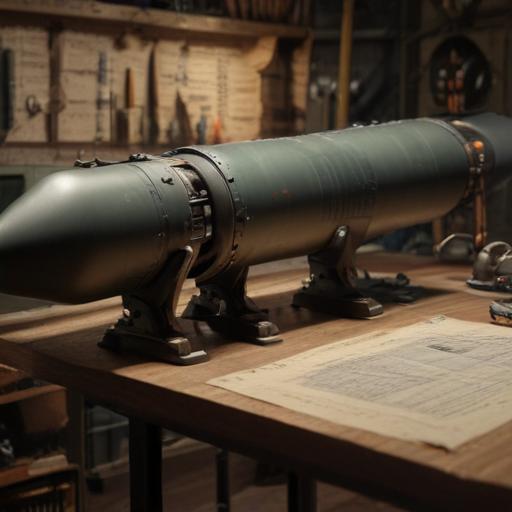America’s massive bunker-busting bomb, the Massive Ordnance Penetrator (GBU-57), was recently deployed against Iran’s heavily fortified Fordo nuclear facility. Initial expectations suggested that this 30,000-pound weapon, launched from a B-2 Spirit bomber, could penetrate deep underground—around 60 meters—resulting in significant damage to critical uranium enrichment centrifuges.
However, according to a somewhat classified assessment from the Defense Intelligence Agency, the outcome was notably less severe than anticipated. Instead of obliterating the site, the GBU-57s reportedly caused limited damage, delaying Iran’s nuclear program by only a few months at most. This assessment has been met with pushback from the White House, which asserts that the bomb’s accuracy and power would result in total destruction of the intended targets.
In the context of military history, the challenges associated with penetrating deep into the Earth are not new. An earlier initiative from the George W. Bush administration explored the idea of a nuclear-based earth penetrator aimed at destroying underground caves. However, scientists determined that such mechanisms could not effectively contain the explosive force or the resulting fallout, leading to the project’s demise.
Analyzing the effectiveness of the GBU-57, experts have emphasized that its success significantly hinges on various geological factors, including the type of rock it encounters. Surprisingly, models indicate that the bomb may penetrate only about 7.9 meters in medium-strength rock, far short of its designed capabilities.
This raises questions about the adequacy of U.S. military strategies, highlighted by the decision to deploy twelve GBU-57 bombs on Fordo, likely intended to enhance penetration through successive strikes. Yet the specific geology of the region, including potential gaps and fractures within the rock, could have redirected the bomb’s path and altered the effectiveness of the blast.
Despite these setbacks, military planners display adaptability and a commitment to overcoming the challenges posed by such fortified targets. As governments worldwide reassess bunker-busting strategies, this incident serves as a poignant reminder of the complexities involved in modern warfare, especially against hidden installations.
In an age where countries continue to fortify their nuclear capabilities amid rising tensions, the challenges faced during this operation may help shape future military innovations, leading to more effective strategies for penetrating hardened sites globally.
